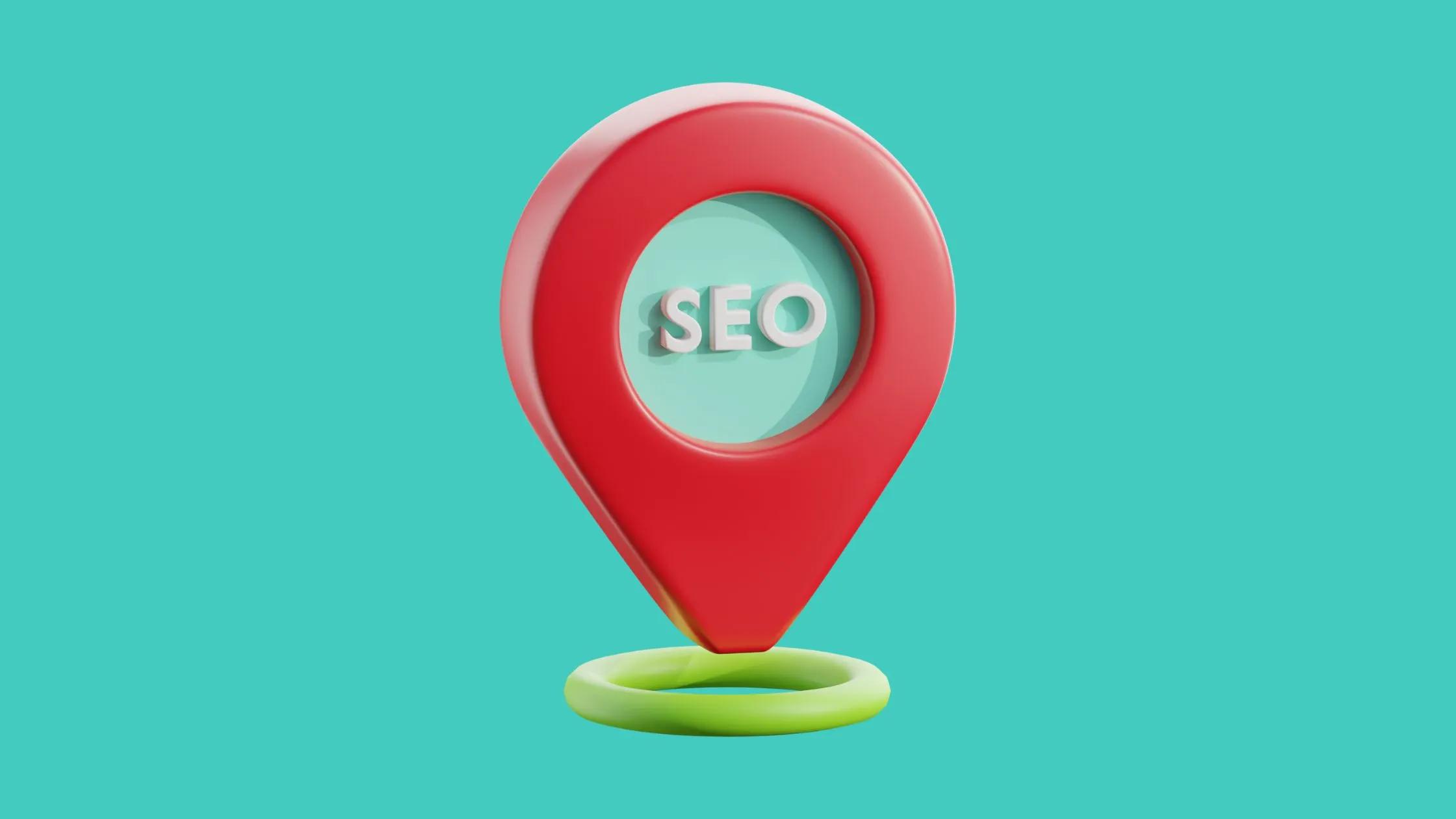
Seo
-dffc85e1-a1bc-47e5-89cb-b8b1c8610d50.jpg&w=3840&q=75)
In the competitive world of digital marketing, mastering the art of creating effective location pages is essential for businesses aiming to dominate local searches. Whether you’re a retailer, service provider, or multi-location brand, optimizing for "near me SEO" can drive significant traffic and conversions. This guide walks you through creating high-performing local SEO landing pages to ensure your business stands out in the local search results.
Local SEO landing pages are tailored web pages designed to attract and convert users searching for products or services in a specific geographic location. These pages combine local relevance with SEO best practices, helping businesses rank higher on search engines for location-based queries.
For example, if you own a chain of coffee shops, each location landing page should include unique content relevant to its specific city or neighborhood. These pages serve as a bridge between searchers and the physical locations of your business.
Location pages play a pivotal role in improving visibility for local searches. Here’s why they matter:
Creating an effective local SEO landing page requires attention to detail. Here are the essential elements to include:
Your title tag and meta description should:
Avoid duplicating content across multiple location pages. Instead:
NAP (Name, Address, Phone number) consistency is critical for local landing pages SEO. Ensure:
Integrating an embedded Google Map makes it easier for users to locate your business and reinforces your local relevance for search engines.
%20(1)-4edd5e89-26fe-43a2-843d-014769b4631e.jpg&w=3840&q=75)
Use photos of your storefront, team, or products to personalize your location landing pages. Visual content builds trust and engages users.
Schema markup provides search engines with structured data about your business. For local SEO, include:
Include clear CTAs such as:
Feature customer reviews, testimonials, or user-generated content from each specific location to build trust and authenticity.
Optimize images, compress files, and use a content delivery network (CDN) to ensure your pages load quickly. Page speed is a critical ranking factor for SEO for landing pages.
Use tools like Google Keyword Planner or Ahrefs to identify terms users search for in your area. Focus on:
Your Google Business Profile (GBP) is a powerful tool for local SEO sites. To optimize:
-15594696-e732-4f59-adb1-3f9a117c4cc1.jpg&w=3840&q=75)
Building local backlinks can significantly boost your local SEO efforts. Here’s how:
Structure your URLs to reflect each location, such as:
www.example.com/locations/chicago
This approach improves user experience and helps search engines understand the relevance of your page.
Publish blog posts, guides, or videos that highlight local events, attractions, or tips related to your industry. Share these on social media and link them to your location pages.
With most local searches conducted on mobile devices, ensure your pages are:
As we look ahead, here are trends to watch:
Creating high-performing local SEO landing pages requires a blend of creativity, technical expertise, and a deep understanding of user intent. By focusing on location pages that deliver value and relevance, your business can dominate "near me SEO" and connect with local audiences effectively.
Investing in these strategies today will set the foundation for sustained growth and visibility in the competitive digital marketplace. Start building your local landing pages SEO plan now and watch your local presence thrive.